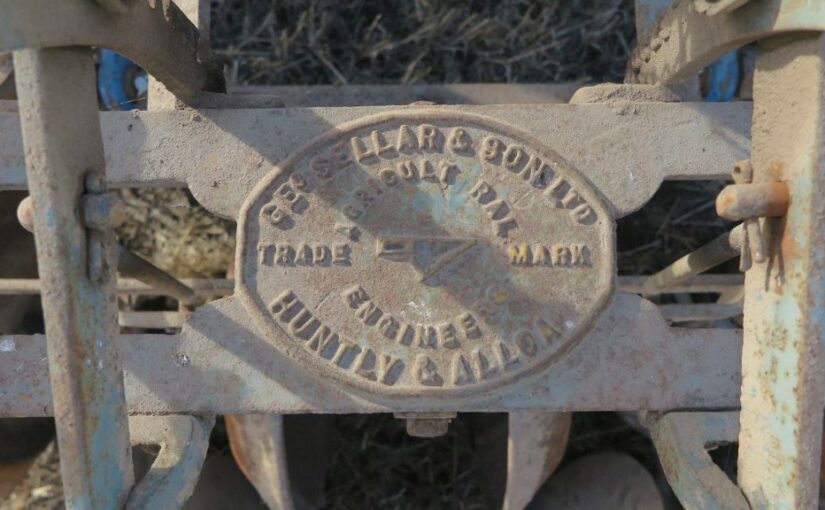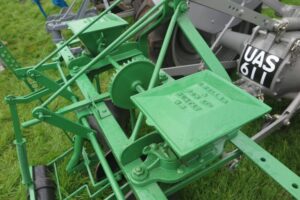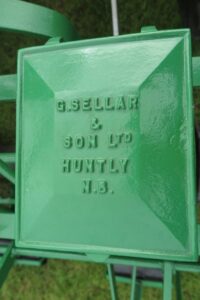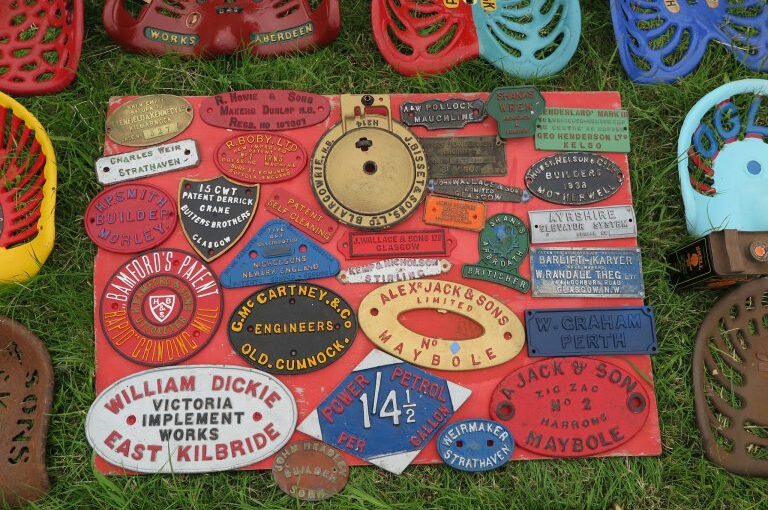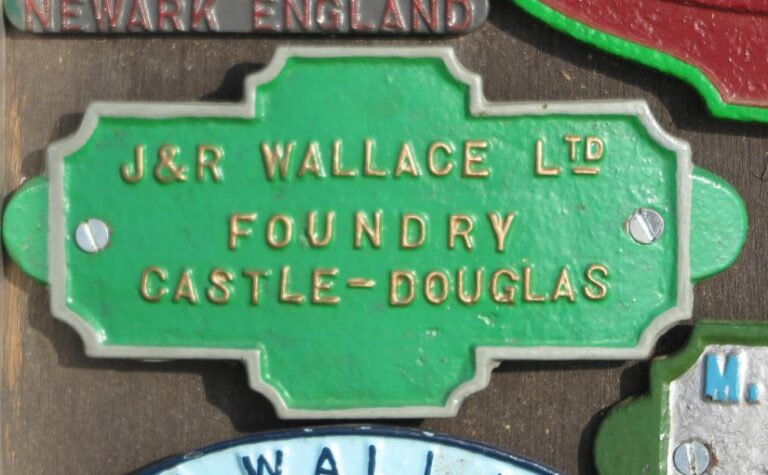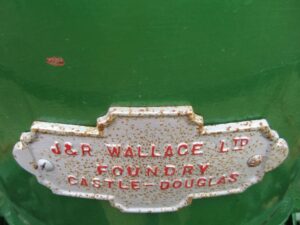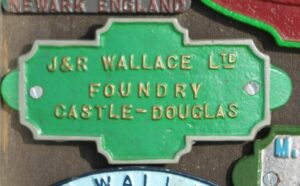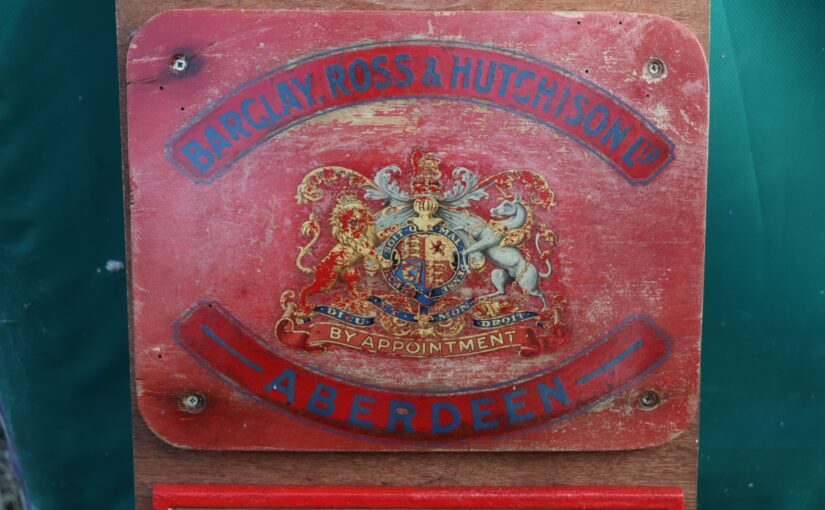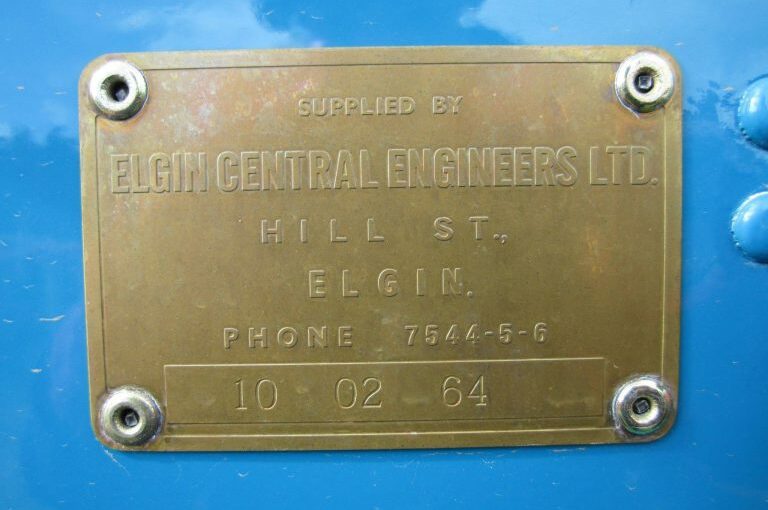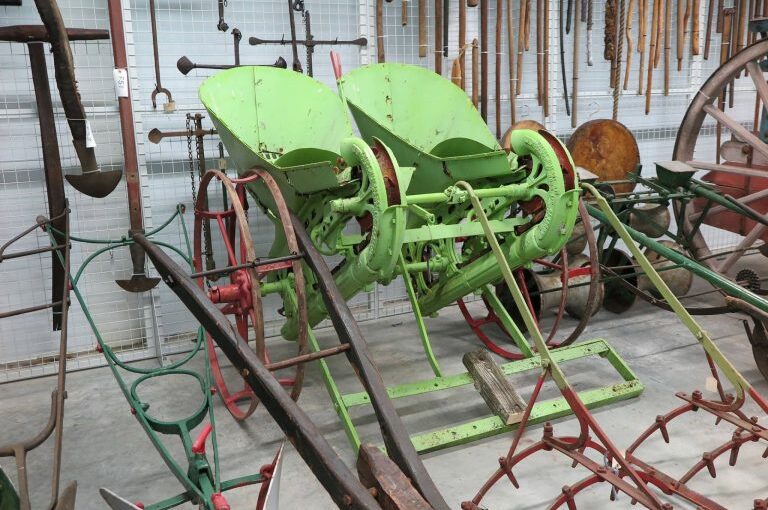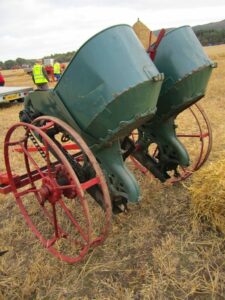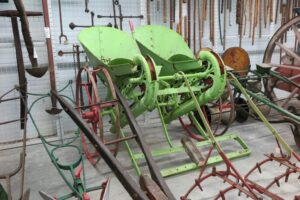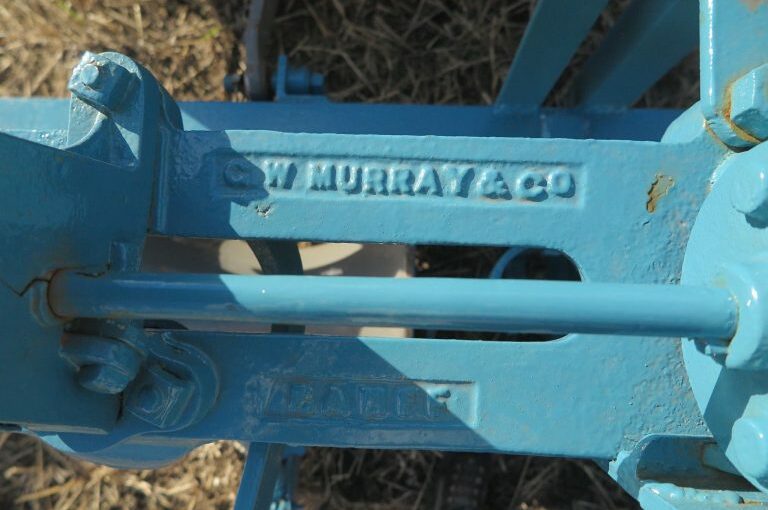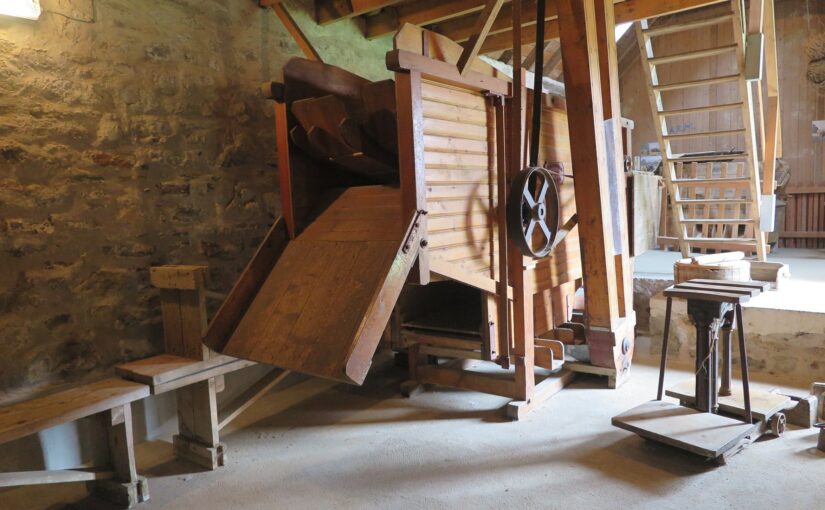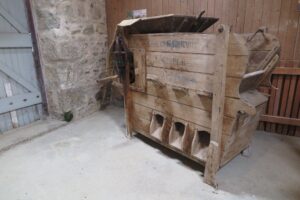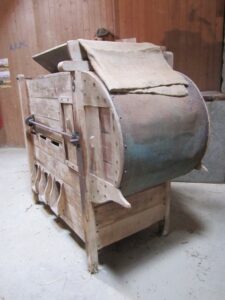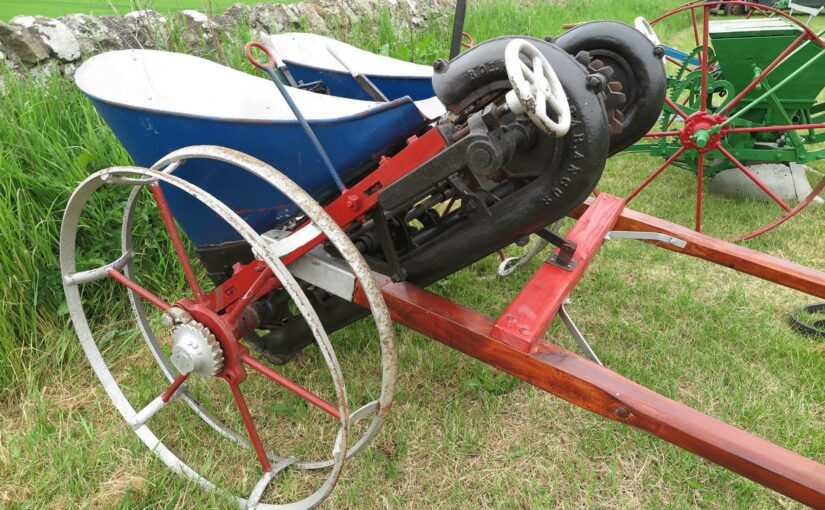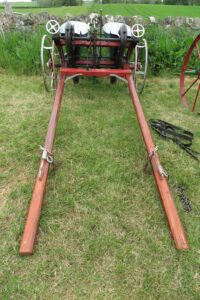According to R. T. Sellar of George Sellar and Sons, Ltd, the Scottish agricultural implement maker had a lot to look forward to. He spoke at a company social event in early January 1938. This was a time of significant technological change in Scottish agriculture, caused by the increasing inroads made by the tractor over the horse.
What else did Mr Sellar think about the prospective trade in 1938?
The Aberdeen press and journal of 17 January 1938 recorded a lengthy account of his views. It is quoted at length:
“Huntly firm “at home”
Hopeful of good 1938 trade
“Tractor come to stay”
Welcoming a representative at the annual “at home” of the employees of Messrs George Sellar and Sons, Ltd, implement makers, held in Huntly Hotel. Mr R. T. Sellar said he saw no reason why the good trade being experienced should not continue.
He said the tractor had come to stay and was replacing the horse on many of the larger farms.
Mr Sellar observed that he had read that according to the Board of Trade Journal 1937 had seen the biggest trade turnover since 1930. Their own firm had quite a prosperous year, and had still lots of orders on their own books to complete. Regarding 1938, he saw no reason why the good trade should not continue.
Anglo-American trade
He saw there was a possibility of a British trade delegation going to Washington in the near future to have a short-range discussion on the proposed Anglo-American trade agreement. If that agreement could be successfully concluded he felt it would be a great advantage to traders both here and in America.
Of course that could not be done in a day, but they could just hope that some material benefit would be derived for both countries at an early date after the discussion.
In recent years, he continued, method in farming had been changing considerably. The tractor had come to stay and was replacing horses on many of the larger farms. The type of ploughing of the present day had also changed.
With the tractor one could plough much deeper and wider than the old style of ploughing with horses. Anything to save labour and time was the present-day slogan with the farmer.
Demand for tractors
That demand for tractors had helped the firm considerably in the sales of their tractor ploughs and also tractors. He thought one of the reasons for the present demand for tractors was the shortage of farm labour. He had been told by many farmers that they had great difficulty in getting men just now and that the wages were prohibitive.
He was glad to see a number of farmers with them. They were always glad to meet their customers at any time both socially and in business.
Mr Sellar went on to pay a tribute to their sales department, the travellers, and the secretary of the firm, Miss Taylor, and to congratulate Miss Marjory Mearns, secretary of the “at home” on her arrangements.
Mrs Sellar presented the prizes for whist:
Women-Mrs J. W. Mackay, 2. Mrs Gordon Rhind; travelling prize, Miss N. Pirie; consolation, Mrs P. w. Philip; special for sitting longest at table, Miss C. Symon. Men-1. Mr C. J. Bowie, 2. Mr A. Bisset; travelling prize, Mr J. W. Mackay; consolation, Mr Victor Matthews; special for sitting longest at table. Mrs Wright (playing as gentleman).
On the call of Mr Michie, Provost J. B. yule proposed the votes of thanks. Mr James Duff’s Band supplied the music for the dance.”
